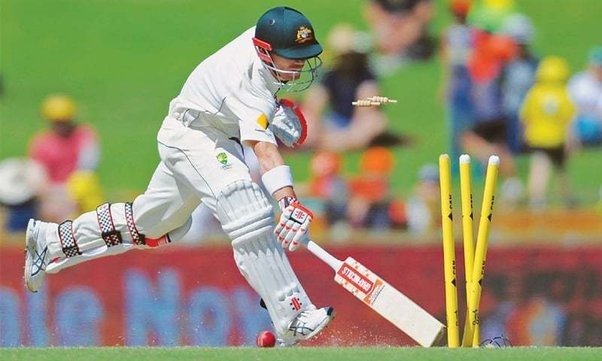Cricket is becoming more popular, even in countries where it wasn’t well-known before. As people get more interested in the game, they also want to understand its rules better. So, let’s talk about the different ways a batter can be out in cricket. In total, there are 11 ways a batter can be out, and some of these might surprise you!
See here also : indias-participation-in-champions-trophy-2025-in-pakistan-50-certain-claims-former-pakistani-player
- Bowled
If the bowler delivers a legal ball that hits the stumps directly, the batter is out bowled. - Leg Before Wicket (LBW)
LBW, or Leg Before Wicket, happens when the ball hits the batter’s body instead of the bat and would have hit the stumps if not for the batter’s leg being in the way. The ball must not have pitched outside the leg stump. - Run Out
When a batter tries to take a run, they must reach the crease before the fielder throws the ball to the stumps. If they don’t make it in time and the stumps are hit, they are run out. - Stumping
If a batter steps out of their crease to play a shot and misses the ball, the wicketkeeper can hit the stumps with the ball to get them out, which is called stumping. - Caught Out
If the ball hits the batter’s bat or hand (while holding the bat) and a fielder catches it before it touches the ground, the batter is caught out. - Hit Wicket
If the batter accidentally hits the stumps with their bat or body while playing a shot, and the bails fall off, they are out hit wicket. - Hitting the Ball Twice
A batter can only hit the ball once with their bat. If they hit the ball twice, they are out. - Obstructing the Field
If a batter deliberately blocks a fielder from making a play, like stopping a throw with their hand while trying to avoid being run out, they can be given out for obstructing the field. - Mankading
Mankading is a type of run out where the bowler removes the bails at the non-striker’s end before delivering the ball, if the non-striker leaves the crease too early. - Timed Out
After one batter is out, the next batter must reach the crease within a certain time limit, usually 3 minutes in One Day and Test matches. If they don’t, they are timed out. - Handling the Ball
A batter is not allowed to touch the ball with their hand unless it’s to protect themselves from injury. If they do, they can be given out.
These are the 11 ways a batter can be out in cricket, each with its own set of rules!

